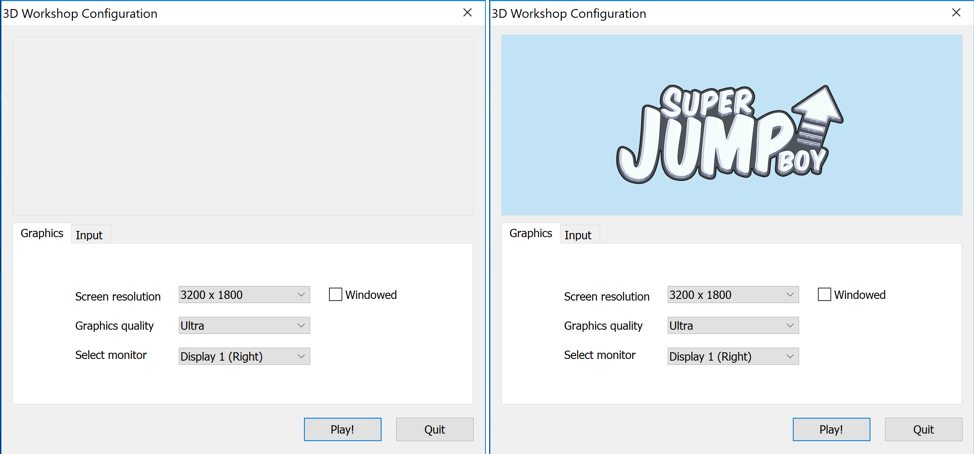


Because of this it is very common to have multiple versions of Unity installed (for different projects). Unity is constantly releasing new versions and new features. We’ll be using Unity to develop our game. This post will try to focus on what works in both environments. Because of this you’ll usually want to start with tutorials that are specific to the Mac and adjust. Oculus doesn’t make a version of it’s Oculus Desktop app (or libraries) available on MacOS. This can create some challenges but the biggest challenges are around the platform support for the Oculus Quest itself. If you are using Windows, you are in luck: many of the tutorials and videos you’ll find assume you’re working on Windows. Best practices for setting up your environment and building a game have changed frequently enough that it can be hard to find current tutorials and examples without getting confused. For me, my goal was to get something running as quickly as possible. There are lots of articles on Unity versus Unreal Engine versus building your own engine entirely from scratch using Oculus Native support. There are many freely available game engines but the most popular are Unity and Unreal Engine. Of course, the moment I put it on, I immediately wanted to make my own games and got started with Unity Unity is a game engine that makes it easier to build a fully functioning game (including physics, collisions, rendering, and much more) that works on multiple platforms. The Oculus Quest 2 has made it more accessible than ever before. Virtual reality is incredibly immersive and a blast to play with.


 0 kommentar(er)
0 kommentar(er)
